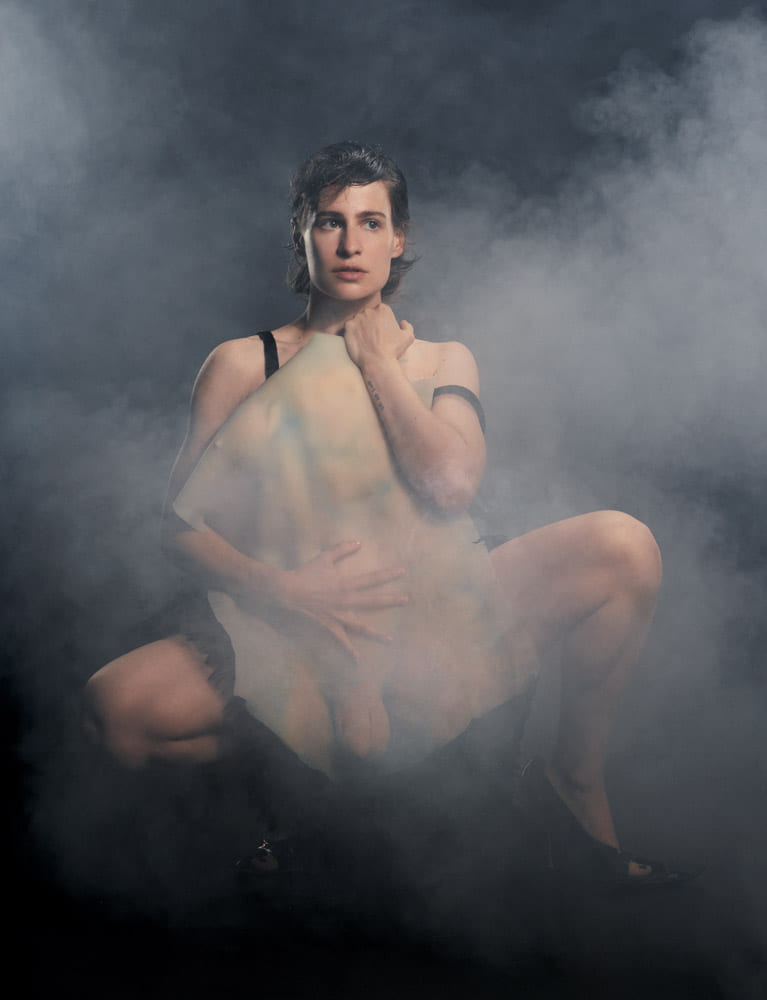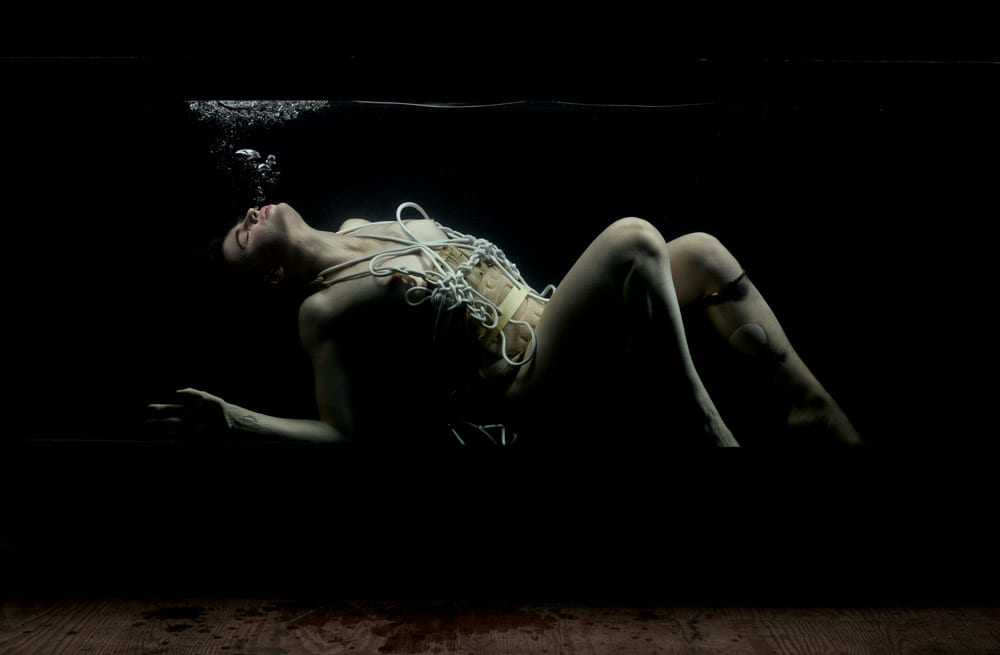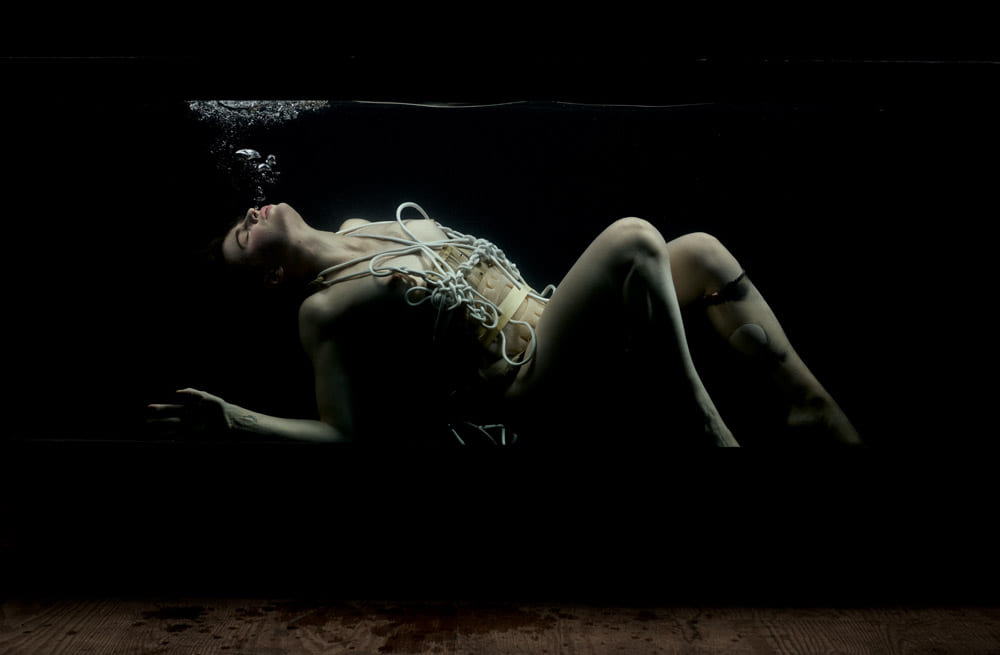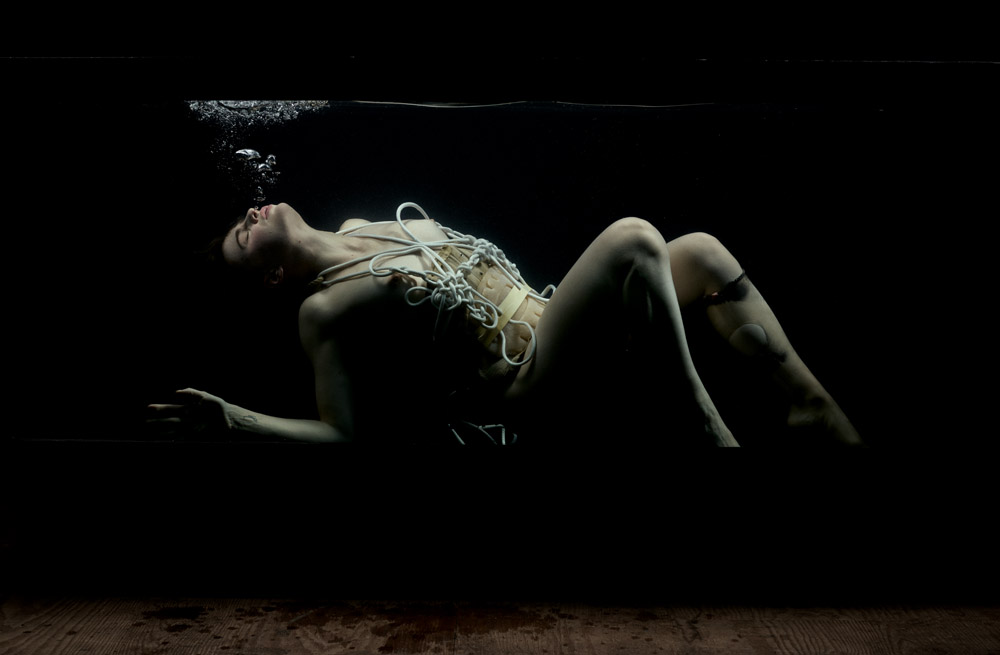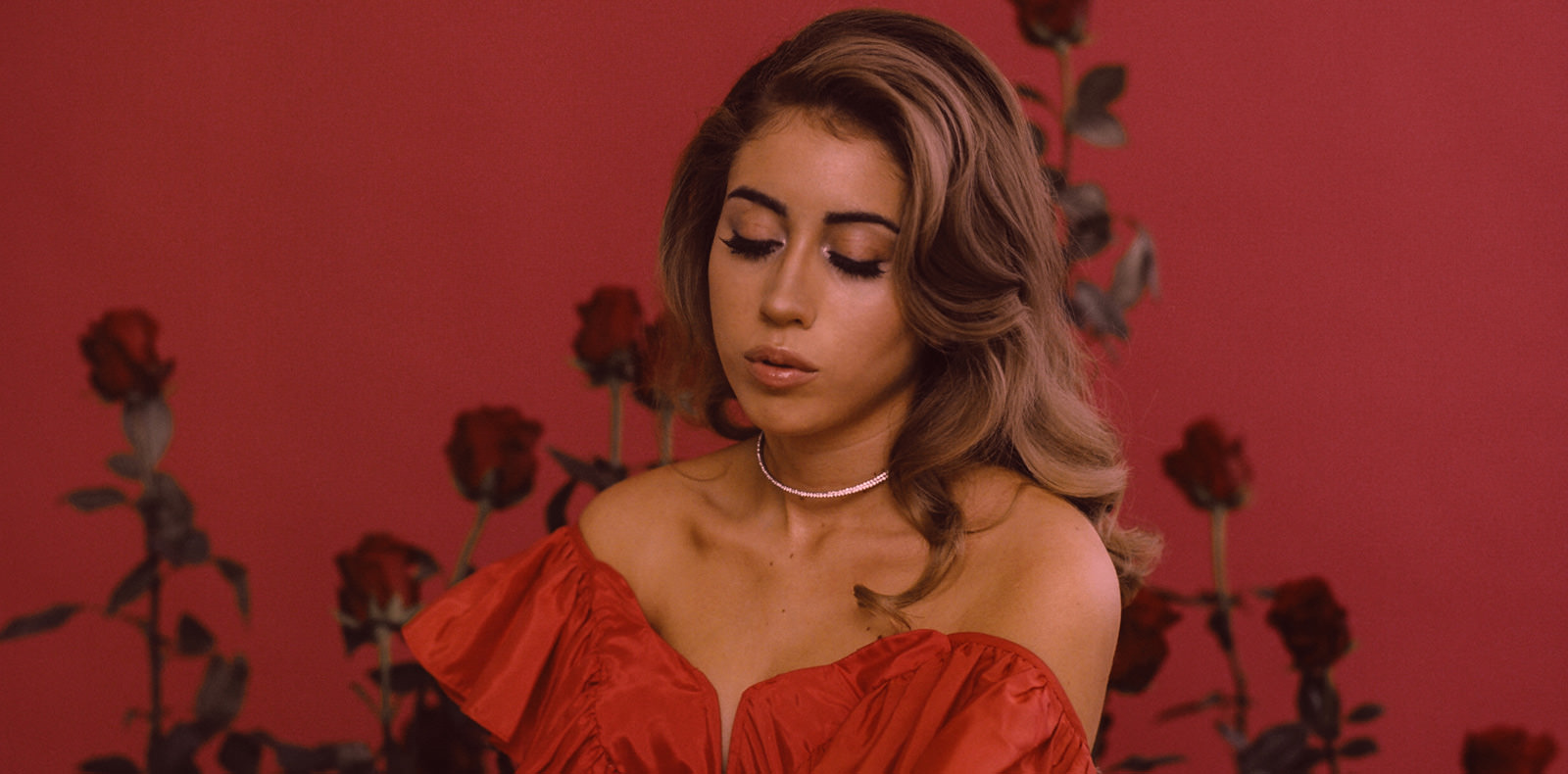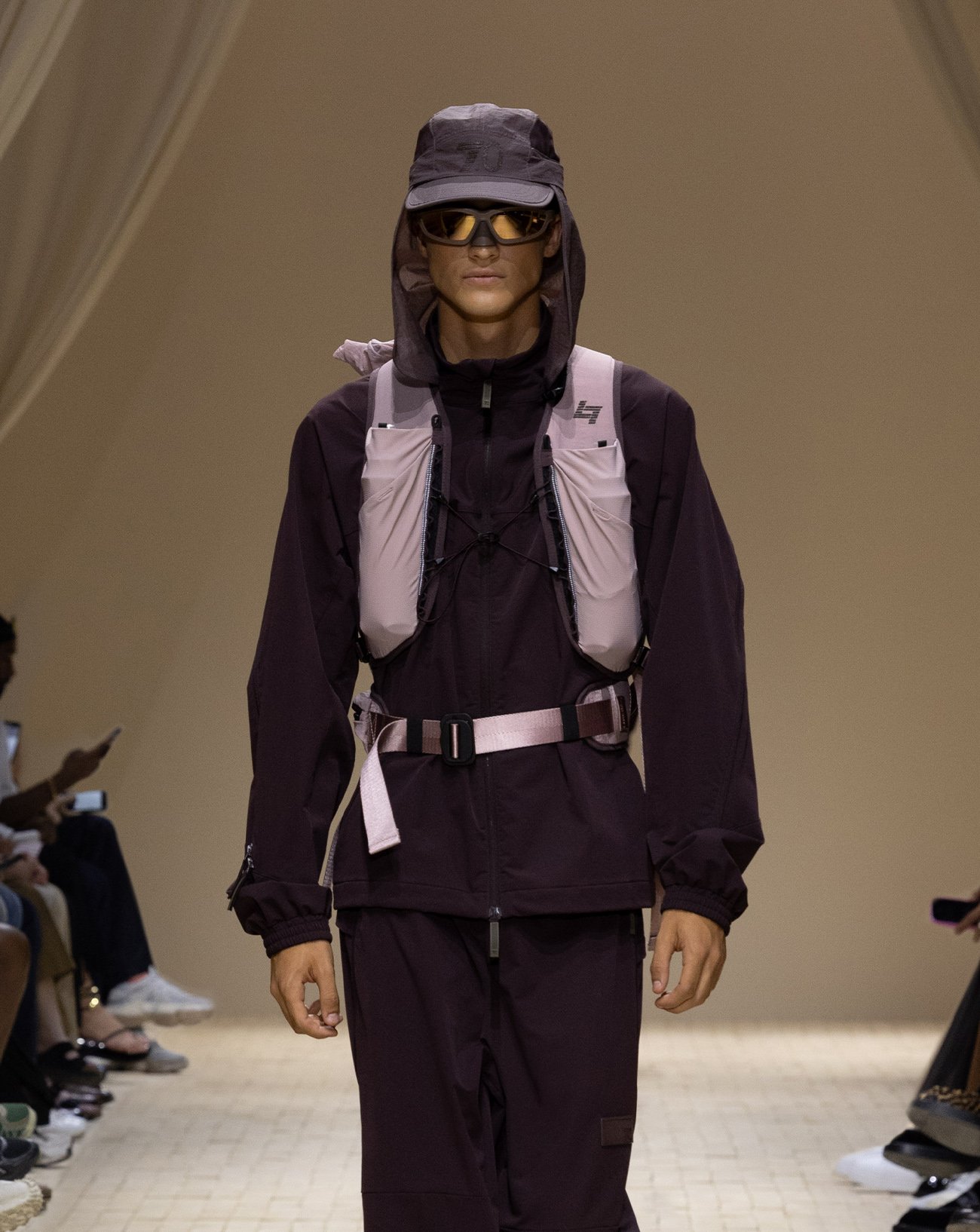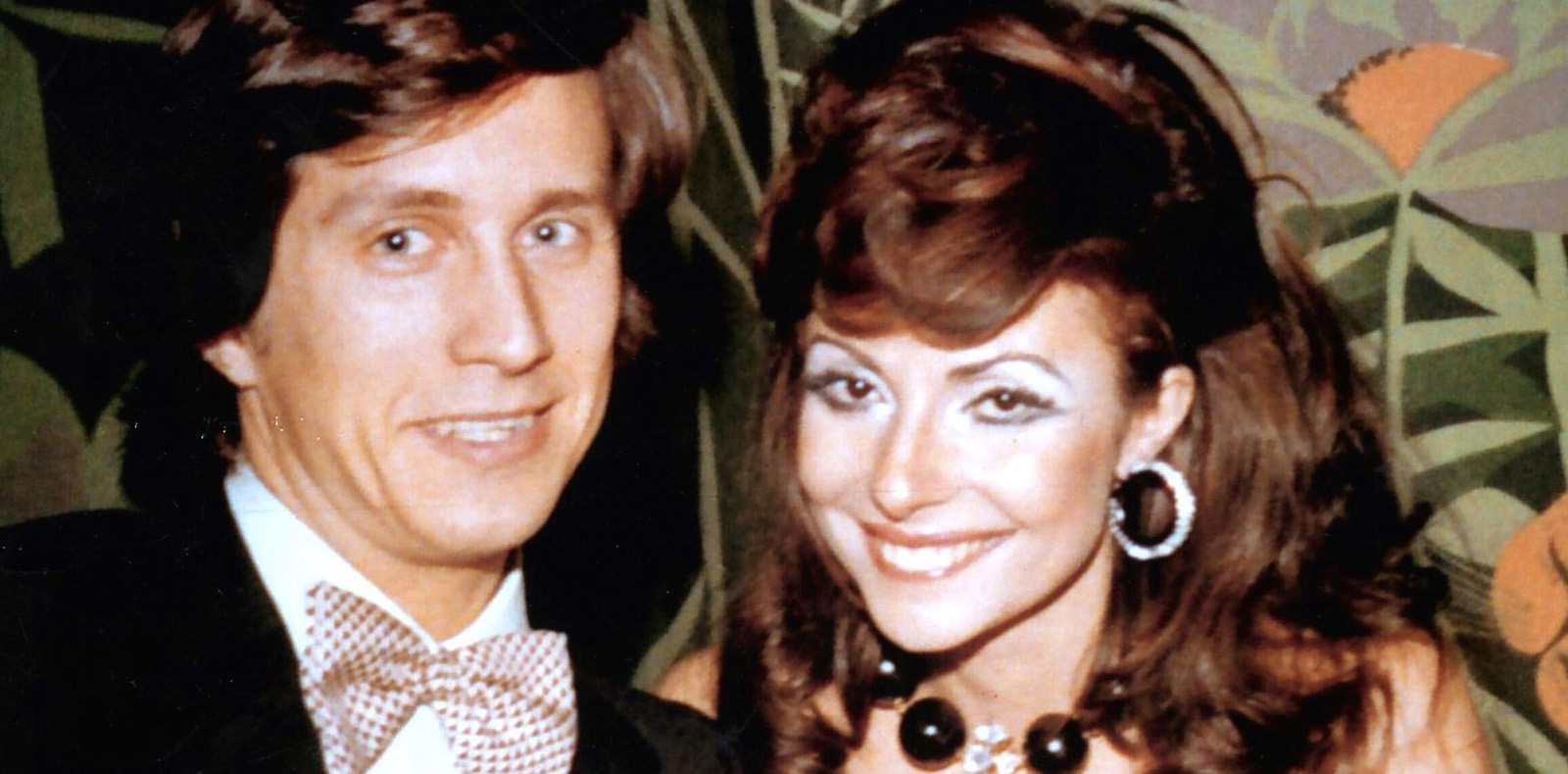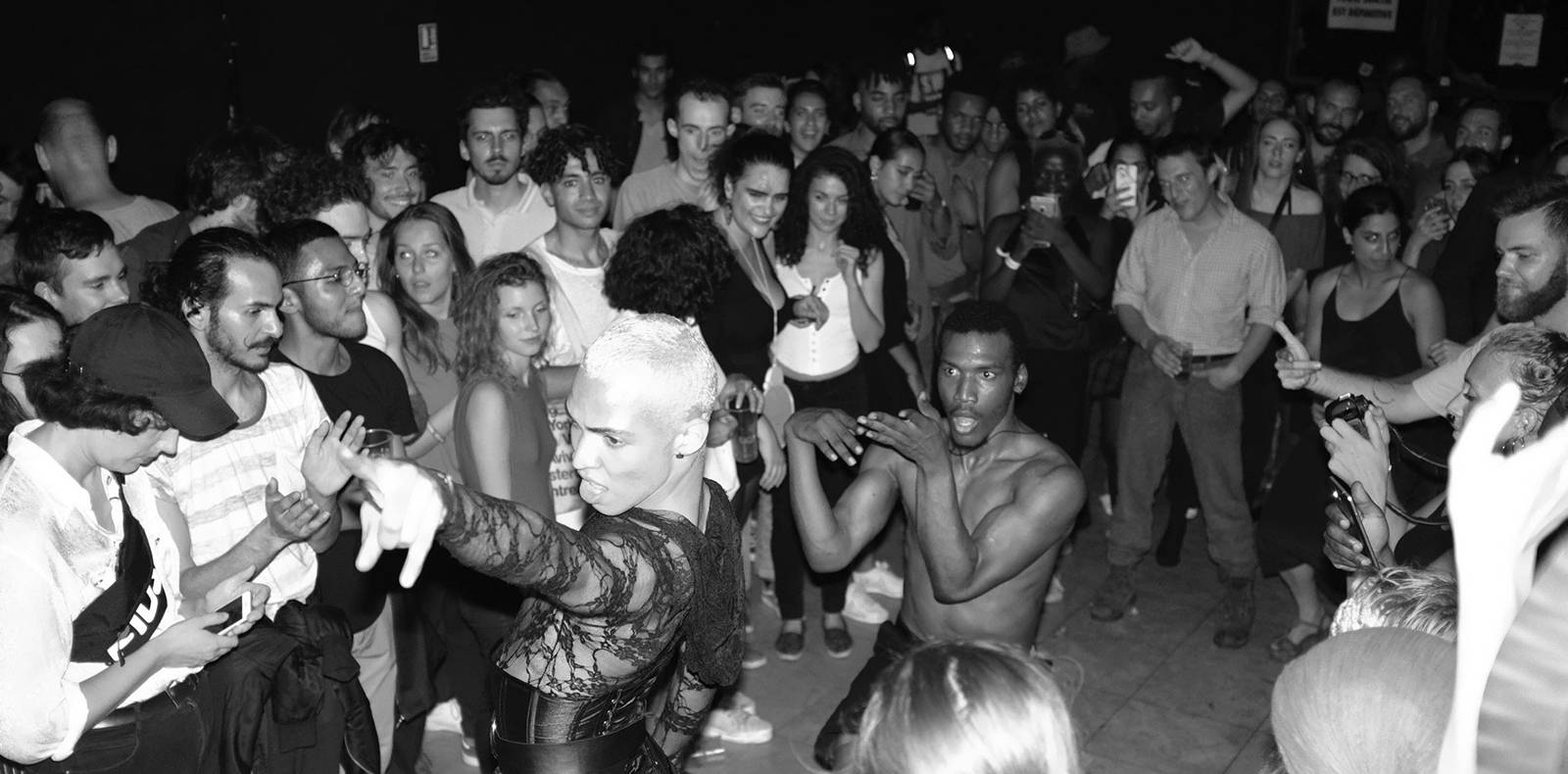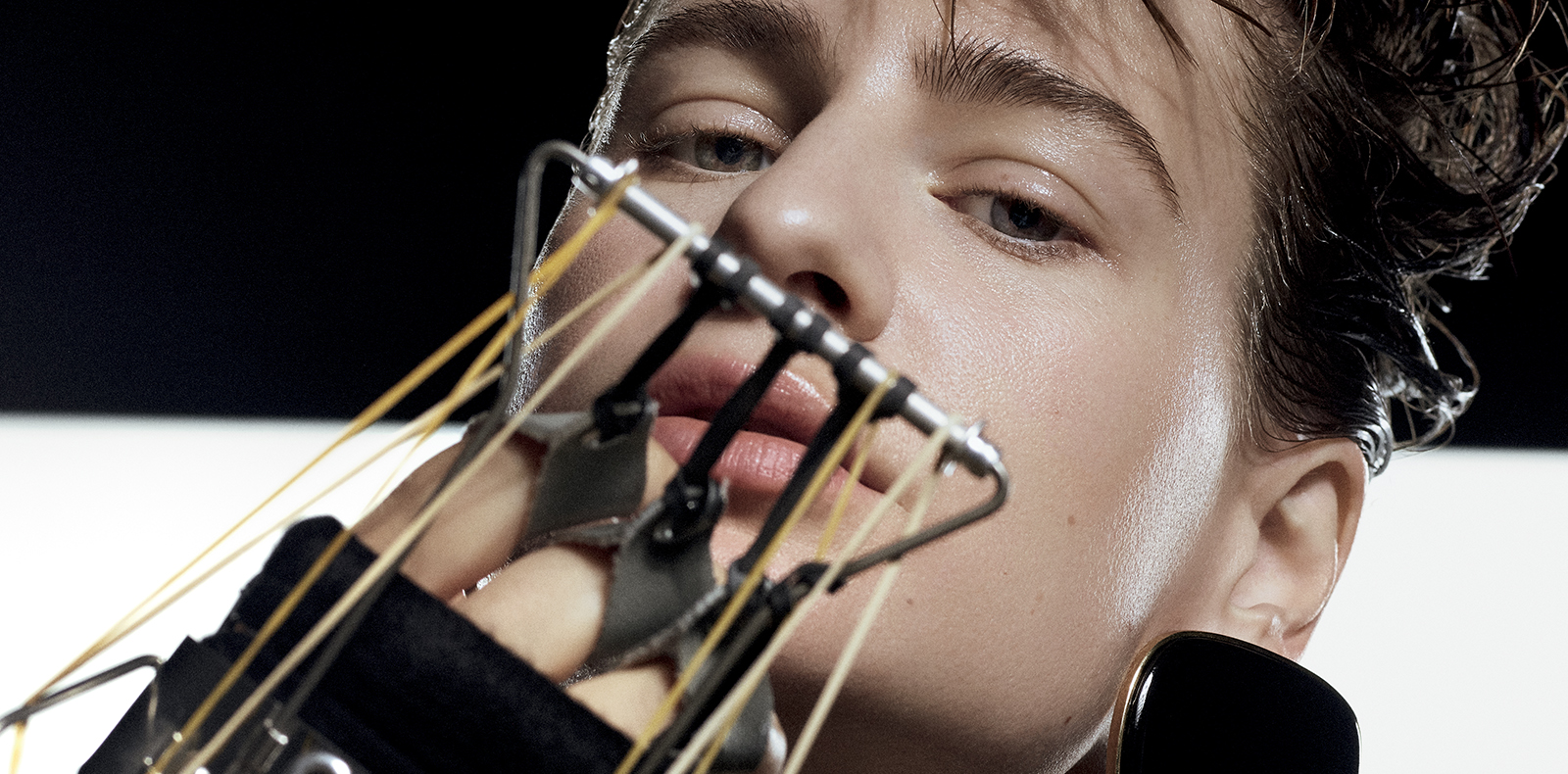
23
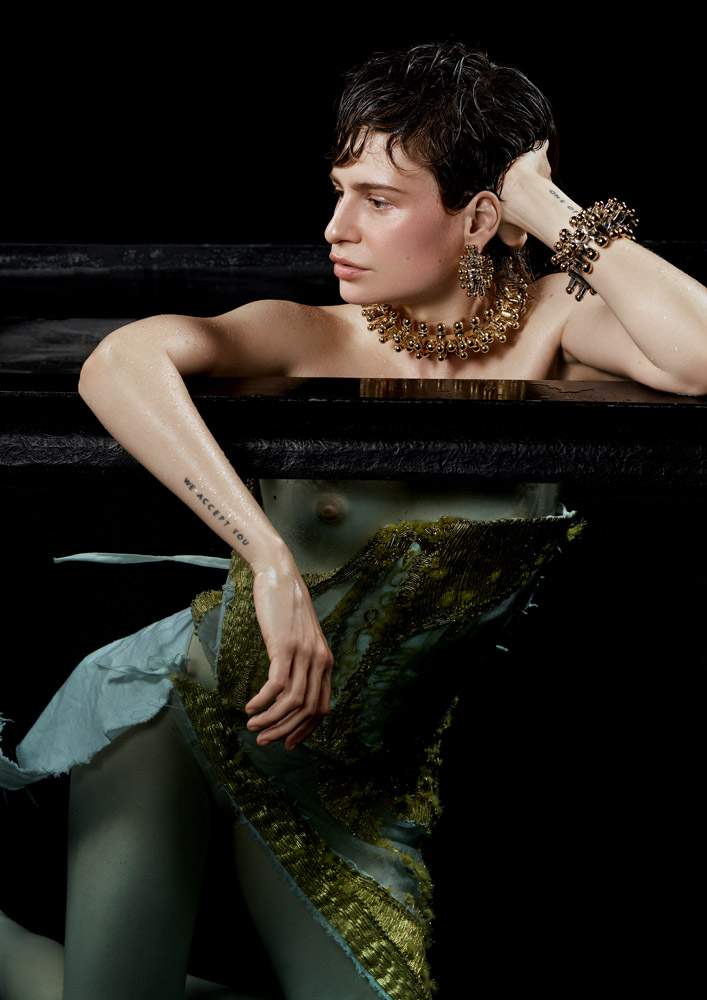
23
Christine and the Queens: “I experienced sexism in its purist state”
Determined not to be trapped in a either a single musical style or gender, Christine and the Queens has just released her new EP, “La vita nuova”, which is accompanied by a video shot in Paris’s historic opera house, the Palais Garnier. On this storied stage, she gives full rein to her identity as an artist who takes on the role of different characters that are defined by her successive emotional states, and for which she uses her entire body as a tool to incarnate these multiple facets of her personality. Exclusively for Numéro, Christine and the Queens acted out just such a series of transformations, demonstrating her mastery of the art of metamorphosis.
Photos Colin Solal Cardo,
Interview by Thibaut Wychowanok.
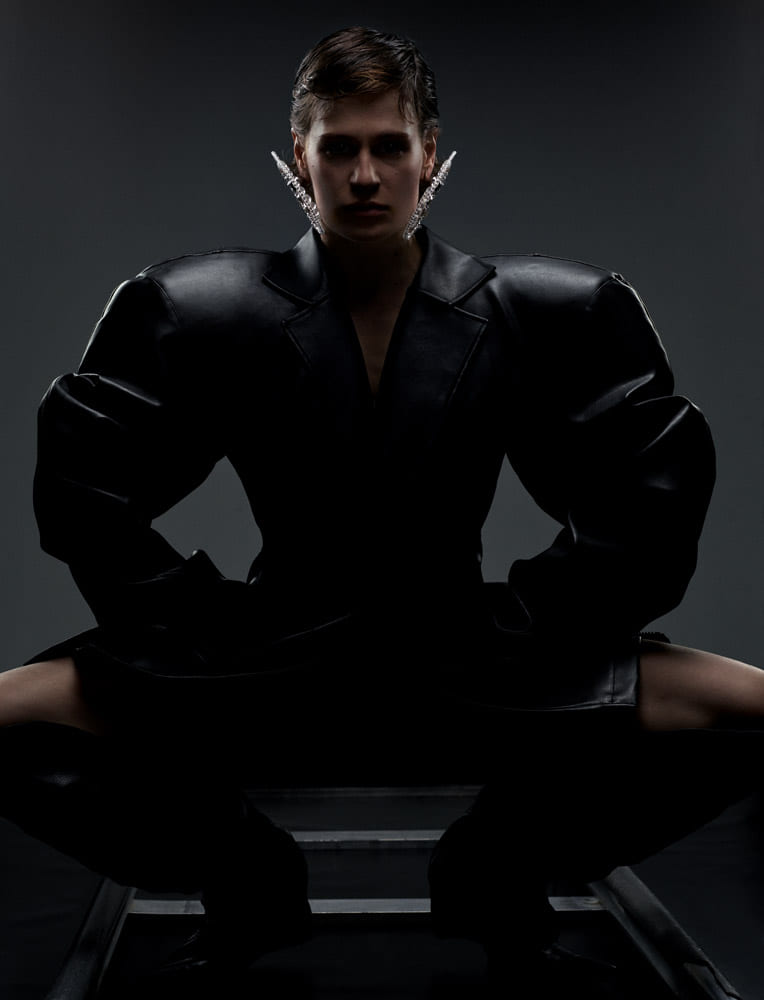

Numéro: You’ve made a surprise comeback this year with the six- track EP La vita nuova, for which you also produced a short accompanying film that was shot in the Palais Garnier. What does this “new life” consist in for you?
Christine and The Queens: The song People, I’ve Been Sad set off a new cycle of writing for me. It hit me like a cannonball when my life was in disarray because of the loss of someone close and a complicated love affair, at a time when every night I had to go on stage to defend my new album, which was carnal, powerful, sizzling and in complete dissonance with everything I was going through. I felt the need to start a new, more introspective, chapter. Going beyond my wounds required a return to desire and to sociability. The solution was the club. And that’s what’s behind the song La vita nuova and the finale of the video: the opera is literally transformed into a club. The title comes from Dante’s poem La vita nuova, in which the enamoured author has to face the death of a loved one. Dante expresses the imperious need for poetry – as light – after a loss. It’s the triumph of poetry over death, for love.
This new artistic cycle comes in the wake of a second album that was hailed in the UK and the US but received a cold welcome from certain French critics…
I’ve had a rough time in France, and I’ve suffered a lot as a result. I had the feeling of wanting to say some- thing and not being understood. To be honest, after the massive suc- cess of the first album, I knew the second would be difficult. Not where the writing was concerned – on the contrary, success had filled me with hope and strength. But I feared more than anything being buried alive in Chaleur humaine – in a second Chaleur humaine, and then a third… As an artist I need to be afraid some- times, to step out of my comfort zone. So I imagined the sacrilege and carried it out deliberately. The second album was an act of liberation. Being an artist, whether a successful one or not, is always a way of evolving into something else. On the second album, I crossed out my name: Christine and the Queens be- came Chris, which allowed me to develop a lot of things that were present in the first album but which people hadn’t heard. I developed my femininity for example. By cutting my hair! [Laughs.] All of a sudden, because I had short hair, everyone could hear what I was saying from the beginning!
What type of femininity were you defending with Chris?
Given Chris’s BDSM penchants and homoerotic codes, I’m playing the part of the macho: “Get outta here, you’re in the way!” I had a lot of discussions at the time with journalists about desire and the female body. I was very surprised by their conservatism. The reaction to Chris was a textbook case – the whole feminist bingo was ticked! I think that at the time my desire to sexualize myself while avoiding the male gaze, which is to say deconstructing the dominant gaze, was not understood. The male gaze causes hurt and is only now starting to be deconstructed. I’m thinking of the work of certain filmmakers, among them Céline Sciamma. Deconstructing means bringing your personality back to yourself and seizing power. Artists like Madonna did it long before me by subverting the male gaze and bringing back their own subjectivity: her conical breasts were the expression of an aggressive super-femininity. The male gaze is a very invasive construction that has inundated all of pop culture. But the second al- bum reminded me that you can get a message across with a haircut. True pop personalities are creatures of theatre and subversion, people like Madonna or Lady Gaga. When you start to think of yourself as a creature who exists in a certain theatricality, the possibilities become infinite. And once you’ve started to choose, you can change your mind. A pop star is somebody who changes her mind all the time so as to be in tune with her music.
Numéro: You’ve made a surprise comeback this year with the six- track EP La vita nuova, for which you also produced a short accompanying film that was shot in the Palais Garnier. What does this “new life” consist in for you?
Christine and The Queens: The song People, I’ve Been Sad set off a new cycle of writing for me. It hit me like a cannonball when my life was in disarray because of the loss of someone close and a complicated love affair, at a time when every night I had to go on stage to defend my new album, which was carnal, powerful, sizzling and in complete dissonance with everything I was going through. I felt the need to start a new, more introspective, chapter. Going beyond my wounds required a return to desire and to sociability. The solution was the club. And that’s what’s behind the song La vita nuova and the finale of the video: the opera is literally transformed into a club. The title comes from Dante’s poem La vita nuova, in which the enamoured author has to face the death of a loved one. Dante expresses the imperious need for poetry – as light – after a loss. It’s the triumph of poetry over death, for love.
This new artistic cycle comes in the wake of a second album that was hailed in the UK and the US but received a cold welcome from certain French critics…
I’ve had a rough time in France, and I’ve suffered a lot as a result. I had the feeling of wanting to say some- thing and not being understood. To be honest, after the massive suc- cess of the first album, I knew the second would be difficult. Not where the writing was concerned – on the contrary, success had filled me with hope and strength. But I feared more than anything being buried alive in Chaleur humaine – in a second Chaleur humaine, and then a third… As an artist I need to be afraid some- times, to step out of my comfort zone. So I imagined the sacrilege and carried it out deliberately. The second album was an act of liberation. Being an artist, whether a successful one or not, is always a way of evolving into something else. On the second album, I crossed out my name: Christine and the Queens be- came Chris, which allowed me to develop a lot of things that were present in the first album but which people hadn’t heard. I developed my femininity for example. By cutting my hair! [Laughs.] All of a sudden, because I had short hair, everyone could hear what I was saying from the beginning!
What type of femininity were you defending with Chris?
Given Chris’s BDSM penchants and homoerotic codes, I’m playing the part of the macho: “Get outta here, you’re in the way!” I had a lot of discussions at the time with journalists about desire and the female body. I was very surprised by their conservatism. The reaction to Chris was a textbook case – the whole feminist bingo was ticked! I think that at the time my desire to sexualize myself while avoiding the male gaze, which is to say deconstructing the dominant gaze, was not understood. The male gaze causes hurt and is only now starting to be deconstructed. I’m thinking of the work of certain filmmakers, among them Céline Sciamma. Deconstructing means bringing your personality back to yourself and seizing power. Artists like Madonna did it long before me by subverting the male gaze and bringing back their own subjectivity: her conical breasts were the expression of an aggressive super-femininity. The male gaze is a very invasive construction that has inundated all of pop culture. But the second al- bum reminded me that you can get a message across with a haircut. True pop personalities are creatures of theatre and subversion, people like Madonna or Lady Gaga. When you start to think of yourself as a creature who exists in a certain theatricality, the possibilities become infinite. And once you’ve started to choose, you can change your mind. A pop star is somebody who changes her mind all the time so as to be in tune with her music.
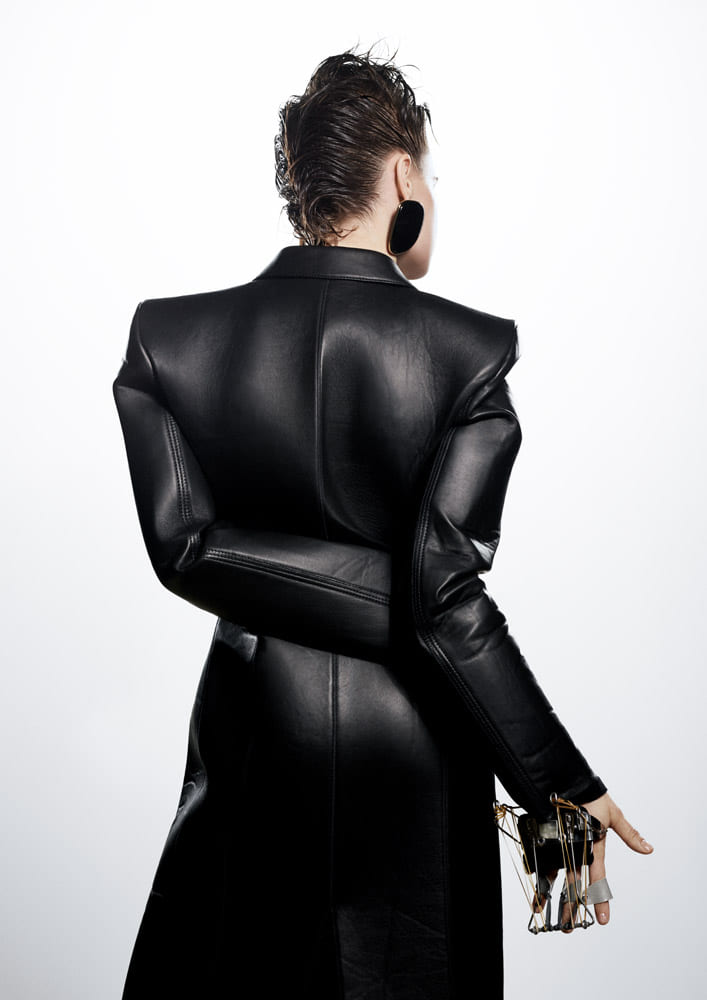
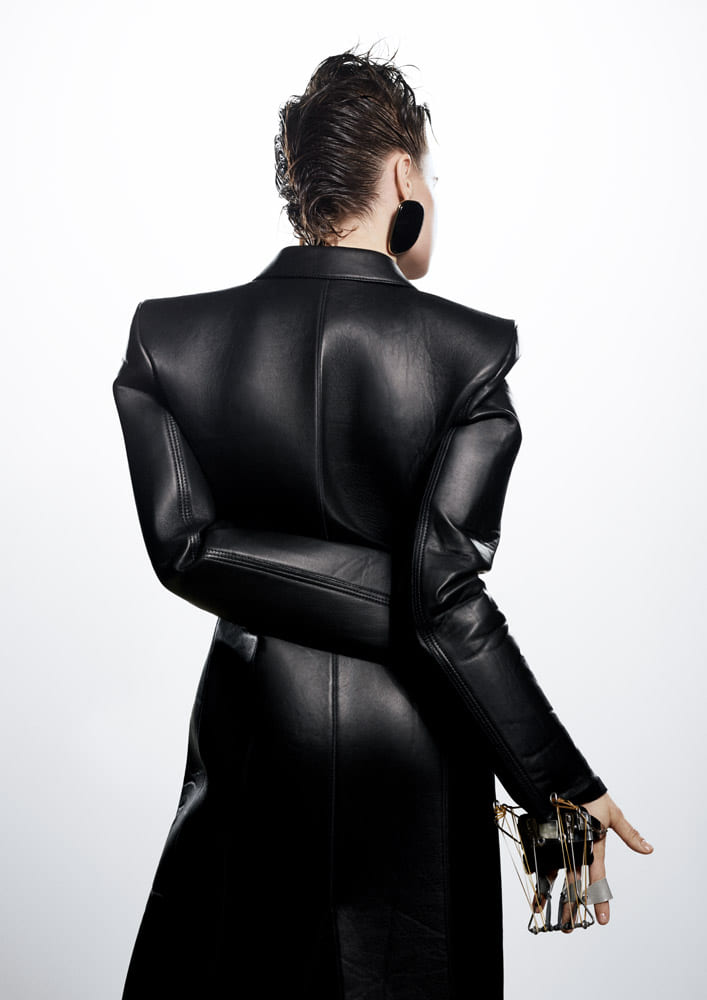
How has this game of identities expressed itself in La vita nuova?
With La vita nuova, I’ve initiated a different idea around a true fluidity. I exist in the film in multiple forms. I often talk about Bowie, because to my eyes he embodies this capacity. Defining your gender is of no interest anymore. Queerness is better under- stood in the Anglo world, which has long been confronted with personalties who construct themselves as creatures that are outside gender binarity. I’m moving into spaces of fluidity and liberty. In the video of La vita nuova, I allowed myself to wear a dress – something I’d never done before. And then I appear in a suit with epaulettes. Nothing is rigid. It’s also about going back to the idea of theatre – theatre which saves my life and allows me to exist. Theatre, like the club, is the solution. At the Palais Garnier, I set down my suit- cases once more in the theatre, and there I stay.
Is it easier today to achieve this fluidity of gender and theatricality?
When you want to exist in nuance and hesitation, your life becomes a combat. On every level, even the tiniest. When you want to define your music, for example. People have never been able to stand the fact that I don’t reply clearly to the question: “What is your music?” I’ve no idea! Pop?! “But what sort of pop?” Hybrid pop?! “So French pop?” Always this damn need to classify! The indeterminate opens up possibilities that frighten people. Not re- plying is an act of resistance. But I accept that each moment of creation is a confrontation with what I want to become. The liberating gesture must constantly be repeated.
How did your sensibility towards questions of gender and identity develop over time?
I was lucky enough to inherit a very strong cultural legacy. Both my par- ents are teachers. My father taught English literature and worked a lot on gender studies. We had copies of Judith Butler in the house [the author, among others, of Gender Trouble, which offers a new definition of gender as performance]. At 15 I’d read Butler, who gave voice to what I already felt. Very young I wanted to become an author. And very young I had the impression that in order to do that you had to be a man. My fantasies of becoming a man were born! People still always ask me if I write my songs myself. In the collective subconscious, a woman can only be a performer or a muse, which is to say a figure given life by the voice of a man.
How has this game of identities expressed itself in La vita nuova?
With La vita nuova, I’ve initiated a different idea around a true fluidity. I exist in the film in multiple forms. I often talk about Bowie, because to my eyes he embodies this capacity. Defining your gender is of no interest anymore. Queerness is better under- stood in the Anglo world, which has long been confronted with personalties who construct themselves as creatures that are outside gender binarity. I’m moving into spaces of fluidity and liberty. In the video of La vita nuova, I allowed myself to wear a dress – something I’d never done before. And then I appear in a suit with epaulettes. Nothing is rigid. It’s also about going back to the idea of theatre – theatre which saves my life and allows me to exist. Theatre, like the club, is the solution. At the Palais Garnier, I set down my suit- cases once more in the theatre, and there I stay.
Is it easier today to achieve this fluidity of gender and theatricality?
When you want to exist in nuance and hesitation, your life becomes a combat. On every level, even the tiniest. When you want to define your music, for example. People have never been able to stand the fact that I don’t reply clearly to the question: “What is your music?” I’ve no idea! Pop?! “But what sort of pop?” Hybrid pop?! “So French pop?” Always this damn need to classify! The indeterminate opens up possibilities that frighten people. Not re- plying is an act of resistance. But I accept that each moment of creation is a confrontation with what I want to become. The liberating gesture must constantly be repeated.
How did your sensibility towards questions of gender and identity develop over time?
I was lucky enough to inherit a very strong cultural legacy. Both my par- ents are teachers. My father taught English literature and worked a lot on gender studies. We had copies of Judith Butler in the house [the author, among others, of Gender Trouble, which offers a new definition of gender as performance]. At 15 I’d read Butler, who gave voice to what I already felt. Very young I wanted to become an author. And very young I had the impression that in order to do that you had to be a man. My fantasies of becoming a man were born! People still always ask me if I write my songs myself. In the collective subconscious, a woman can only be a performer or a muse, which is to say a figure given life by the voice of a man.
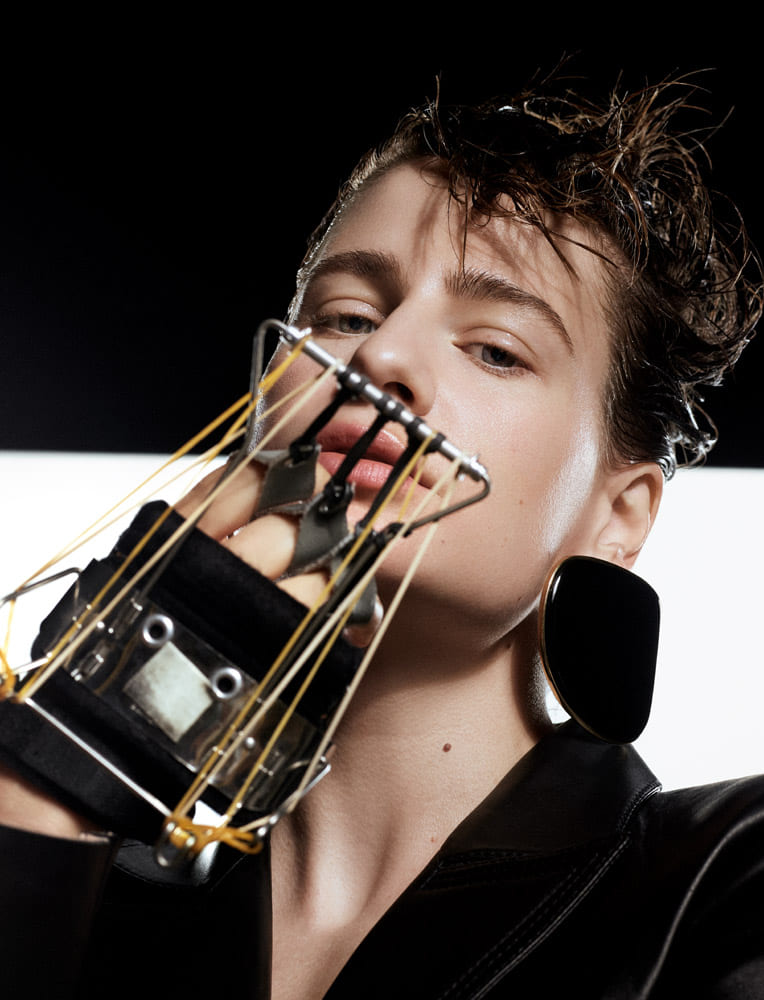
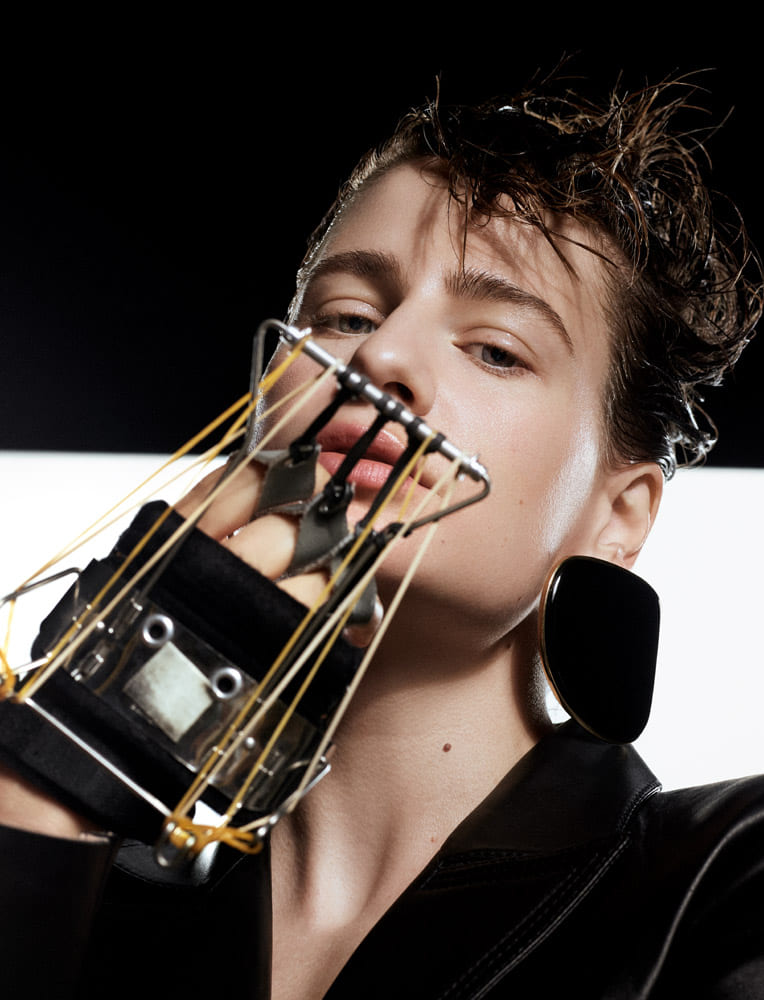
Did you face sexism when you were young?
I experienced sexism in its purist state while I was studying theatre. When I was 18 or 19, I was refused a writing grant, although three boys had already obtained it. No one was able to tell me why. When I was younger I was so angry, angry to be a woman. Because I knew it was going to be more complicated for me. In the wake of the misogyny I experienced at drama school, I came to the music business with greater resolve. I signed up with a record label that I knew would respect my work as an author and producer.
You often cite René Char’s Fureur et Mystère, whose poetry oscillates between furious passion and a more contemplative and mysterious life. Is this ambivalence part of your own life?
It has structured my life. I made a very clear divide between the stage and real life. I often used to say to myself: “On stage I coincide with the world, I’m present to myself… And off stage it’s a disaster! The Spider- Man/Peter Parker syndrome.” As a child I was very alone. I’ve always felt myself in slight dissonance with the world. It’s often the case when you write. Writing is cruel. The writer is a thief. People in my life may have the impression that what they go through with me is not only some- thing they go through with me. Lorde put it very well in one of her songs: “This is what happens when you kiss a writer in the dark.” But today I own my being a thief of feelings.
Did you face sexism when you were young?
I experienced sexism in its purist state while I was studying theatre. When I was 18 or 19, I was refused a writing grant, although three boys had already obtained it. No one was able to tell me why. When I was younger I was so angry, angry to be a woman. Because I knew it was going to be more complicated for me. In the wake of the misogyny I experienced at drama school, I came to the music business with greater resolve. I signed up with a record label that I knew would respect my work as an author and producer.
You often cite René Char’s Fureur et Mystère, whose poetry oscillates between furious passion and a more contemplative and mysterious life. Is this ambivalence part of your own life?
It has structured my life. I made a very clear divide between the stage and real life. I often used to say to myself: “On stage I coincide with the world, I’m present to myself… And off stage it’s a disaster! The Spider- Man/Peter Parker syndrome.” As a child I was very alone. I’ve always felt myself in slight dissonance with the world. It’s often the case when you write. Writing is cruel. The writer is a thief. People in my life may have the impression that what they go through with me is not only some- thing they go through with me. Lorde put it very well in one of her songs: “This is what happens when you kiss a writer in the dark.” But today I own my being a thief of feelings.
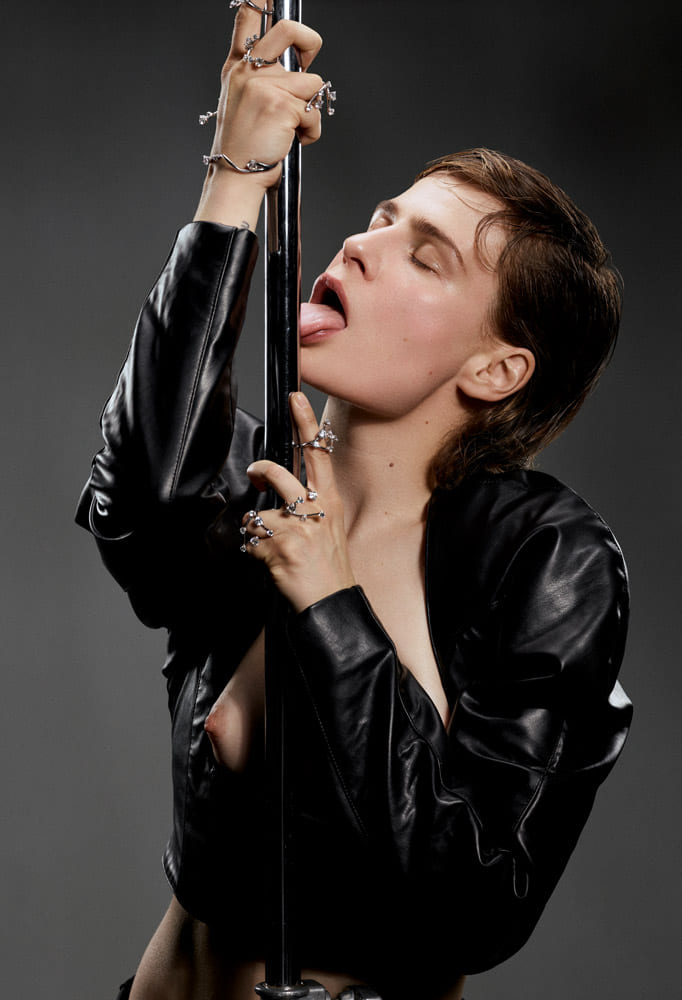
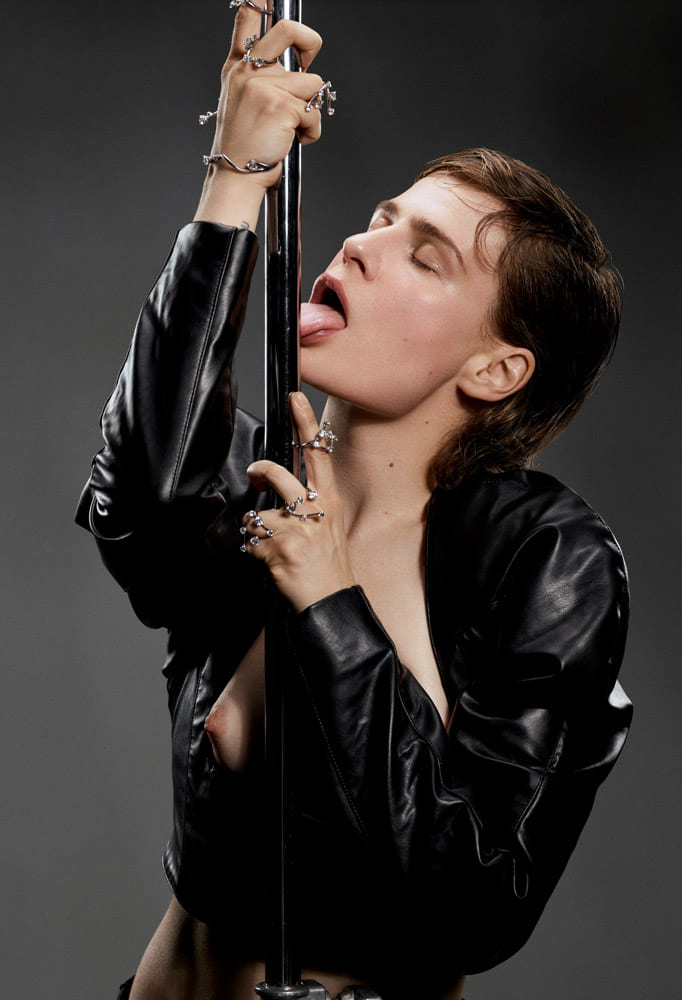
Part of the identity of Christine and the Queens lies in the intensity of the body, and in dance. Which choreographers have influenced you?
Pina Bausch changed my life. I saw her for the first time when I was 18, and I cried my heart out. I discovered that dance is a truly emotional language. It’s not so much the beauty of the movement that counts as the precision. This ability to tell all the body’s tensions and memories. I studied classical dance, but my cou-de-pied wasn’t good enough to dance on points. [Laughs.] I took lessons, but I mostly danced at home, all the time. Later on it was difficult to find people in the pop business who understood my approach. Far too often dance as entertainment is just padding. This standard way of showing off the singer makes me want to die of bore- dom. For my tour, I tried to find strong personalities, dancers who could threaten me in my leadership position. Dance is also about creating a body for yourself. I wanted to create an ambivalent body for my- self. That’s why I wanted to work with Marion Motin. I’d alreday spot- ted her work on blogs, before she worked with Stromae. Her vocabulary is very androgynous. She is gracious and powerful. With Marion I could quote both Michael Jackson and Pina Bausch.
Part of the identity of Christine and the Queens lies in the intensity of the body, and in dance. Which choreographers have influenced you?
Pina Bausch changed my life. I saw her for the first time when I was 18, and I cried my heart out. I discovered that dance is a truly emotional language. It’s not so much the beauty of the movement that counts as the precision. This ability to tell all the body’s tensions and memories. I studied classical dance, but my cou-de-pied wasn’t good enough to dance on points. [Laughs.] I took lessons, but I mostly danced at home, all the time. Later on it was difficult to find people in the pop business who understood my approach. Far too often dance as entertainment is just padding. This standard way of showing off the singer makes me want to die of bore- dom. For my tour, I tried to find strong personalities, dancers who could threaten me in my leadership position. Dance is also about creating a body for yourself. I wanted to create an ambivalent body for my- self. That’s why I wanted to work with Marion Motin. I’d alreday spot- ted her work on blogs, before she worked with Stromae. Her vocabulary is very androgynous. She is gracious and powerful. With Marion I could quote both Michael Jackson and Pina Bausch.
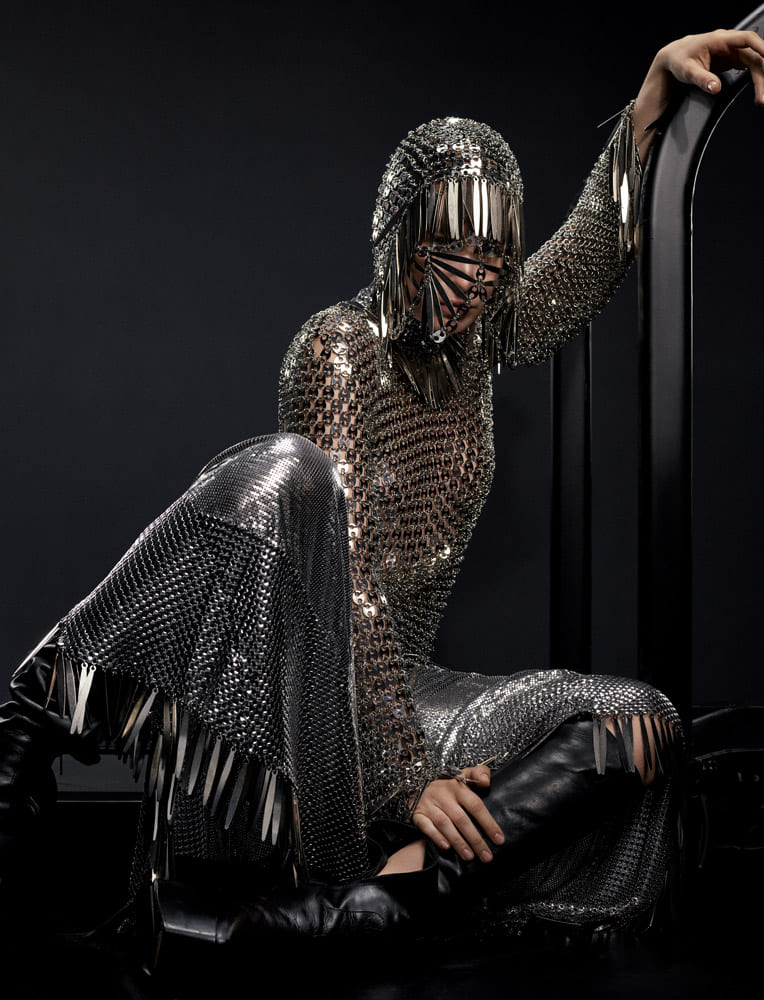
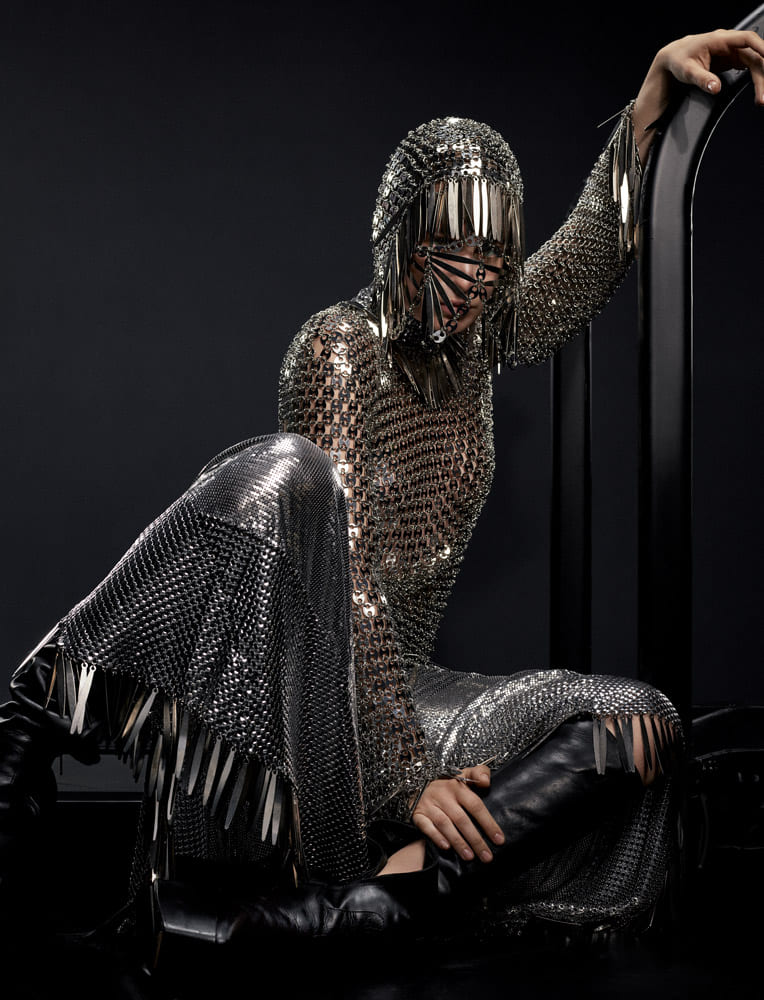

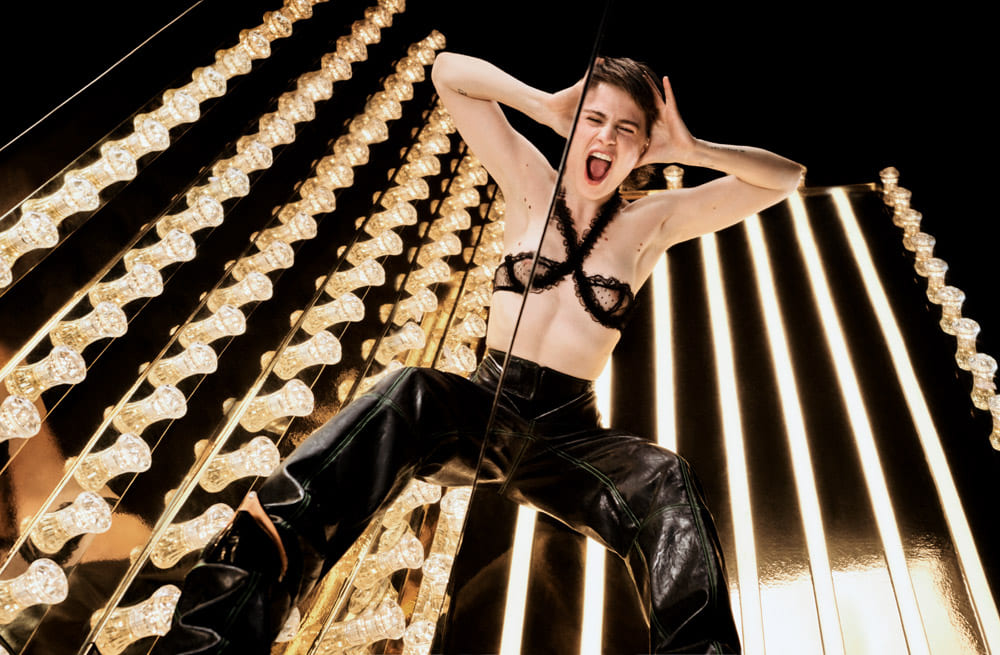

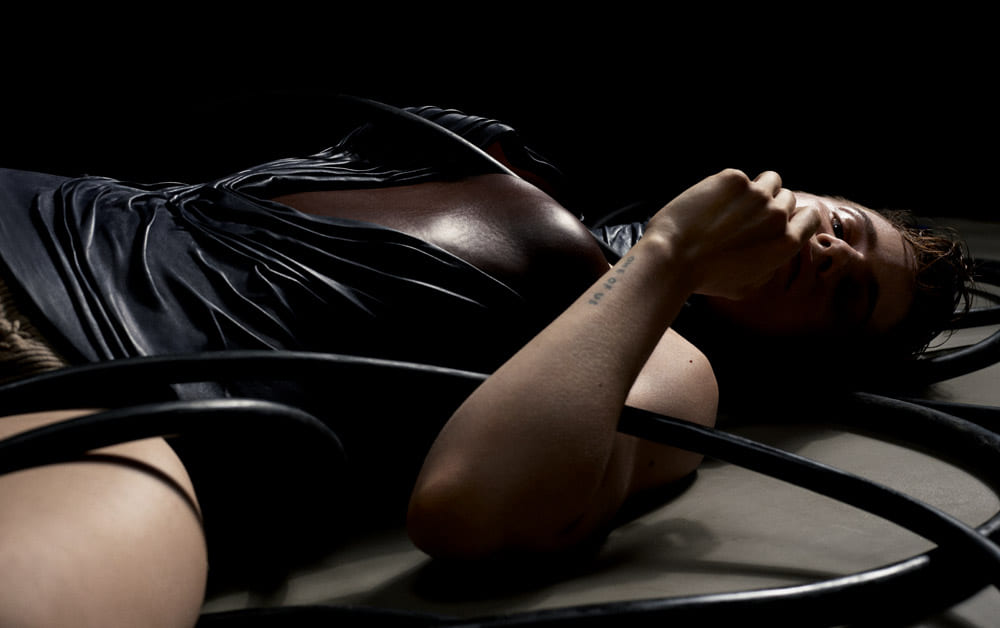
For the video of La vita nuova you worked with the choreographer Ryan Heffington…
Ryan’s dance is very cathartic, like a pure shamanic ceremony. Faces grimace, tongues stick out. I’ve always adored his work, but I needed to find a suitable project. La vita nuova, with its baroque side, seemed an obvious choice. He was only in Paris for five days. We learned the choreography in two days. The shoot was frenetic, crazy. The faces I make on People, I’ve Been Sad were out of my control. It wasn’t pretty – but in a good sense! I like the idea of resisting in front of the camera and not being in a permanent state of seduction. Ryan writes for faces. The face is always there with the choreographers who want to tell everything. Like Pina Bausch. Whereas in pop choreographies, you always have to smile. And that just gets me down.
Christine and the Queens, La vita nuova (Because Music), out now.
For the video of La vita nuova you worked with the choreographer Ryan Heffington…
Ryan’s dance is very cathartic, like a pure shamanic ceremony. Faces grimace, tongues stick out. I’ve always adored his work, but I needed to find a suitable project. La vita nuova, with its baroque side, seemed an obvious choice. He was only in Paris for five days. We learned the choreography in two days. The shoot was frenetic, crazy. The faces I make on People, I’ve Been Sad were out of my control. It wasn’t pretty – but in a good sense! I like the idea of resisting in front of the camera and not being in a permanent state of seduction. Ryan writes for faces. The face is always there with the choreographers who want to tell everything. Like Pina Bausch. Whereas in pop choreographies, you always have to smile. And that just gets me down.
Christine and the Queens, La vita nuova (Because Music), out now.
